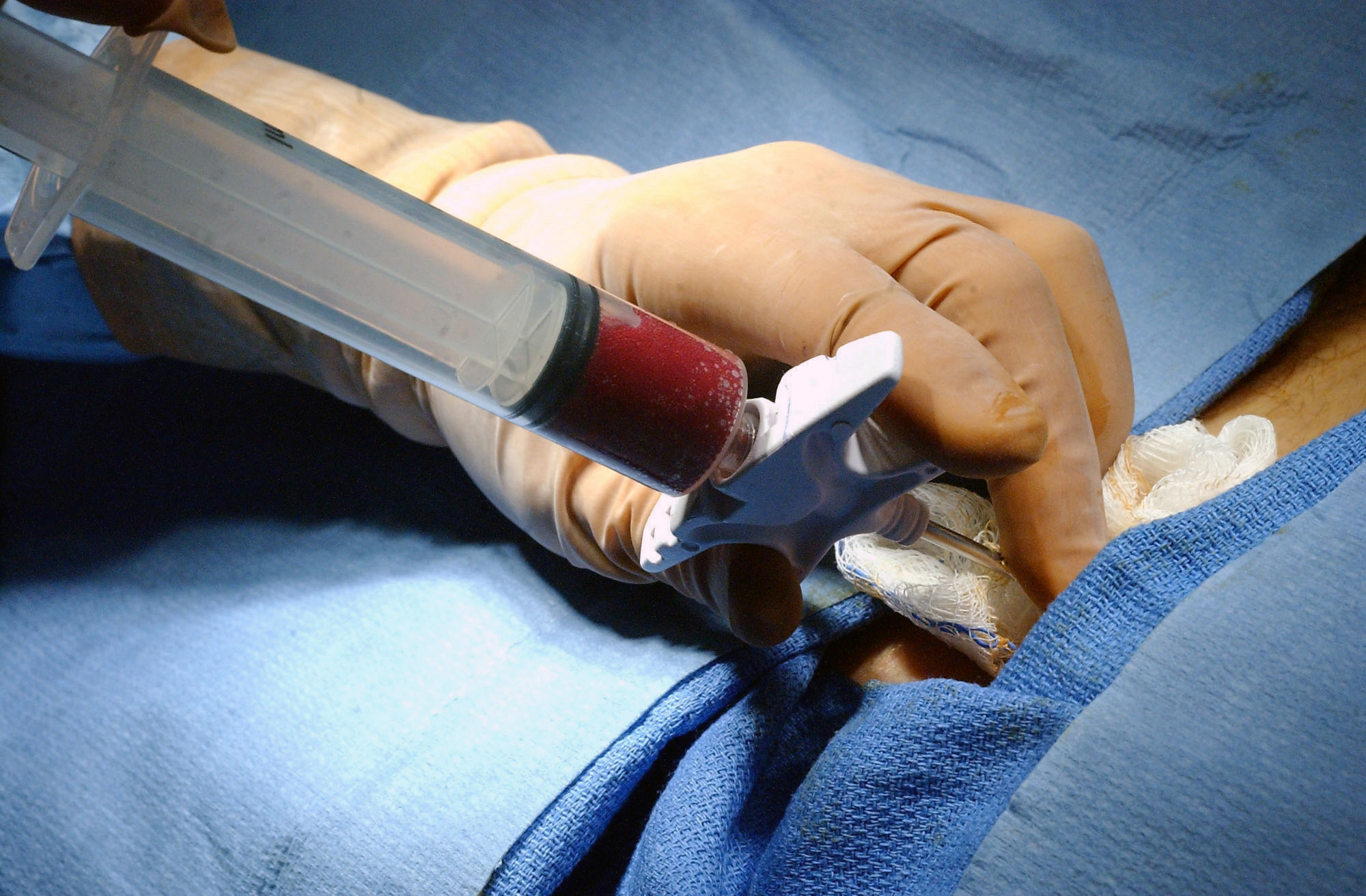| drug name | Dehydrated Bone Allograft |
| classification | Biologic, bone graft substitute |
| pharmacokinetics | Dehydrated bone allograft is not absorbed systemically. It acts locally at the site of implantation. There is no defined pharmacokinetic profile in the usual sense. |
| suggested dosage | Dosage depends entirely on the specific surgical procedure and the defect to be filled. Precise details require consultation with a surgeon specializing in the use of bone grafts. It cannot be prescribed or dosed based on weight or age alone. The size and type of bone defect, surgical site, and other factors influencing healing are crucial in determining the amount of bone graft needed. |
| indications | | 1 | Treatment of bone defects, non-unions, and bone loss in various locations (e.g., craniofacial, spine, orthopedic) | | 2 | Augmentation of bone volume in dental implants | | 3 | Bone defects following trauma, surgery, or disease | | 4 | Reconstruction of bone loss after tumors |
|
| safety in pregnancy | Limited data exist on the use of bone allografts during pregnancy. Consult with a specialist during pregnancy and lactation to evaluate the risk-benefit profile. Use with caution and only if deemed medically necessary. |
| safety in breastfeeding | Limited data exist. Due to the potential for transmission of disease through the bone graft if contaminated or from infected donor, consult your healthcare provider before using this treatment if you are breastfeeding. |
| side effects | | 1 | Infection (at the graft site) | | 2 | Inflammation | | 3 | Pain | | 4 | Local bleeding | | 5 | Hematoma formation | | 6 | Delayed healing | | 7 | Graft resorption | | 8 | Allograft rejection (rare) | | 9 | Donor site morbidity (if the bone graft is harvested from the patient themselves) |
|
| alternatives | |
| contraindications | | 1 | Known hypersensitivity or allergy to the donor material | | 2 | Active infection at the surgical site | | 3 | Uncontrolled systemic disease | | 4 | Bleeding disorders |
|
| interactions | Limited information exists for drug interactions with allografts because it is not metabolized systemically. However, potential interactions with other medications prescribed for the underlying condition should be considered. |
| warnings and precautions | | 1 | Careful evaluation of the donor source is critical to minimize infection risk | | 2 | Proper sterilization procedures are essential for allograft safety | | 3 | Patient's overall health status and the surgical site should be assessed prior to the procedure | | 4 | Follow-up care is critical to monitor the healing process and potential complications. | | 5 | Long-term effects are not completely known. |
|
| additional information | | 1 | Dehydrated bone allograft is a natural product. | | 2 | The success rate of bone grafting depends on the precise surgical technique and other factors influencing patient healing, such as medical comorbidities | | 3 | Precise details about the bone graft and its handling should be reviewed by the surgeon who performs the procedure. | | 4 | The information provided here is for general knowledge only and should not be used for self-diagnosis or treatment. Consult with a healthcare professional for appropriate medical advice. |
|
| patient details | |
